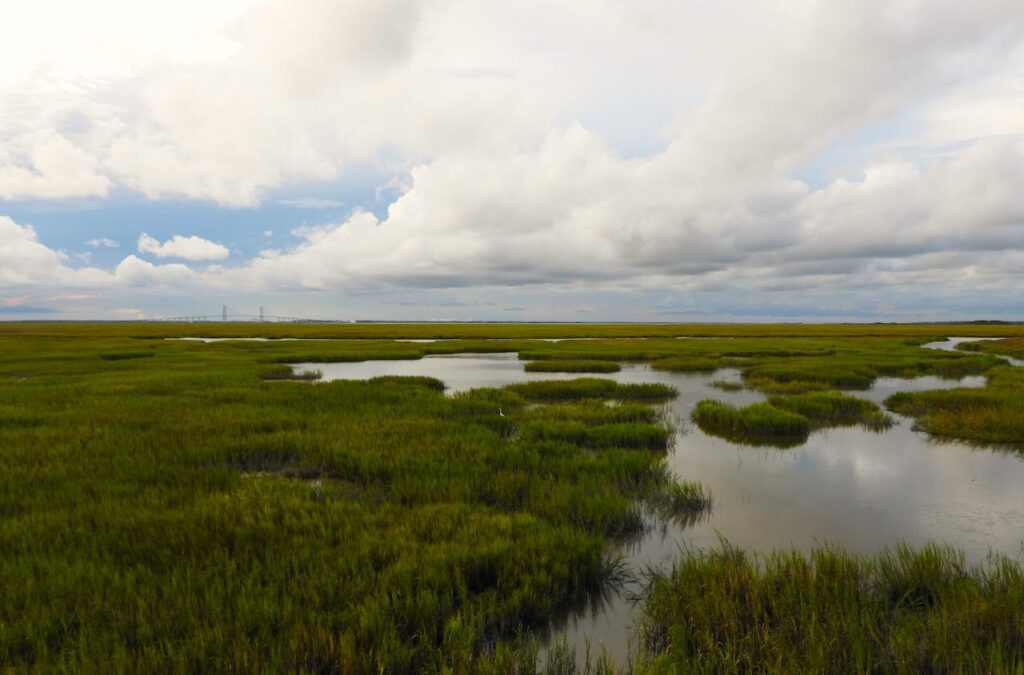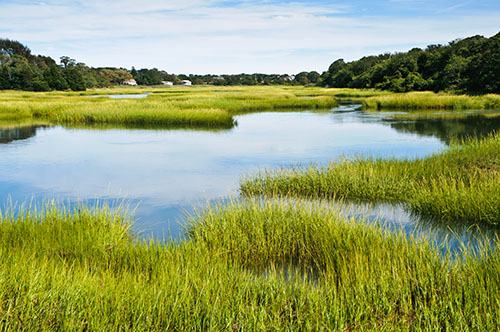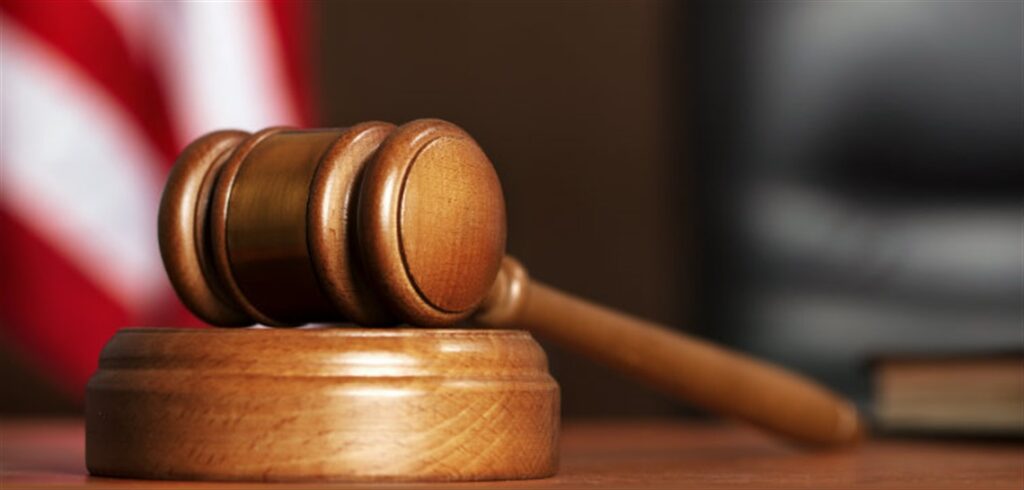Water Use Efficiency

Water Use Efficiency and Conservation in Las Vegas: A Model for Arid Cities
Las Vegas, a city renowned for its vibrant nightlife and extravagant resorts, is also becoming a beacon of water use efficiency and conservation. Nestled in the Mojave Desert, Las Vegas faces unique challenges in managing its water resources. With approximately 90% of its water supply coming from the Colorado River, the city has had to innovate and implement stringent measures to ensure sustainable water use.
The Challenge of Water Scarcity

The Southwest United States, including Las Vegas, has been grappling with prolonged droughts and decreasing water levels in the Colorado River. This situation has necessitated a shift from water abundance to water use efficiency. Las Vegas, with its growing population and tourism industry, has had to adopt aggressive water-saving strategies to meet its needs without exhausting its resources.
Innovative Water Conservation Measures
One of the most notable initiatives is the Southern Nevada Water Authority’s (SNWA) turf removal program. This program incentivizes residents and businesses to replace water-intensive grass with drought-tolerant landscaping. Since its inception, the program has successfully removed approximately 200 million square feet of turf, saving significant amounts of water.
In addition to turf removal, Las Vegas has implemented several other measures:
- Water Restrictions: The city has imposed strict regulations on water use, including limiting pool sizes, restricting personal car washing, and prohibiting the installation of new swamp coolers.
- Leak Detection and Repair: The SNWA has a robust system for detecting and repairing leaks, ensuring that water is not wasted through infrastructure inefficiencies.
- Efficient Fixtures and Appliances: Programs encouraging the use of water-efficient fixtures and appliances in homes and businesses have been highly effective. These upgrades not only save water but also reduce energy consumption and greenhouse gas emissions.
The Impact of Conservation Efforts
The results of these efforts have been impressive. Over the past two decades, Southern Nevada has added about 750,000 residents while reducing its Colorado River water consumption by 31%. This achievement underscores the effectiveness of the city’s water management strategies and serves as a model for other arid regions facing similar challenges.
Creative Solutions for Future Growth
Innovative water conservation strategies are not just about survival; they are key to enabling future growth. Cities that adopt creative solutions such as rainwater harvesting, greywater recycling, and smart irrigation technologies can manage their water resources more efficiently. These methods help cities to sustain their populations and support economic development even in the face of diminishing water supplies.
For instance, rainwater harvesting systems capture and store rainwater for various uses, reducing the demand on municipal water supplies. Greywater recycling systems allow the reuse of water from sinks, showers, and washing machines for non-potable purposes, significantly lowering freshwater demand. Smart irrigation technologies optimize water use in landscaping by adjusting to weather conditions and soil moisture levels, ensuring that green spaces receive the precise amount of water needed.
Conclusion
Las Vegas’ journey towards water efficiency and conservation is a testament to the power of innovative thinking and proactive management. By adopting a comprehensive approach that includes regulatory measures, technological advancements, and community engagement, Las Vegas is not only securing its water future but also setting an example for other cities in arid regions. As climate change continues to impact water availability, the lessons learned from Las Vegas’ experience will be invaluable in shaping sustainable water management practices worldwide.
Creative water conservation strategies will allow cities to grow sustainably, ensuring that they can thrive even as water resources become increasingly scarce. By embracing these innovative solutions, cities can secure their future and continue to prosper.
References
[1] Flowing forward: 5 strategies for cities to become water-wise
[2] Urban Water Conservation Techniques | Green City Times










